10 of the hardest plants to kill – these effortless garden beauties will thrive even when ignored
If you need some hands-off planting design ideas, these zero-fuss plants make perfect sense
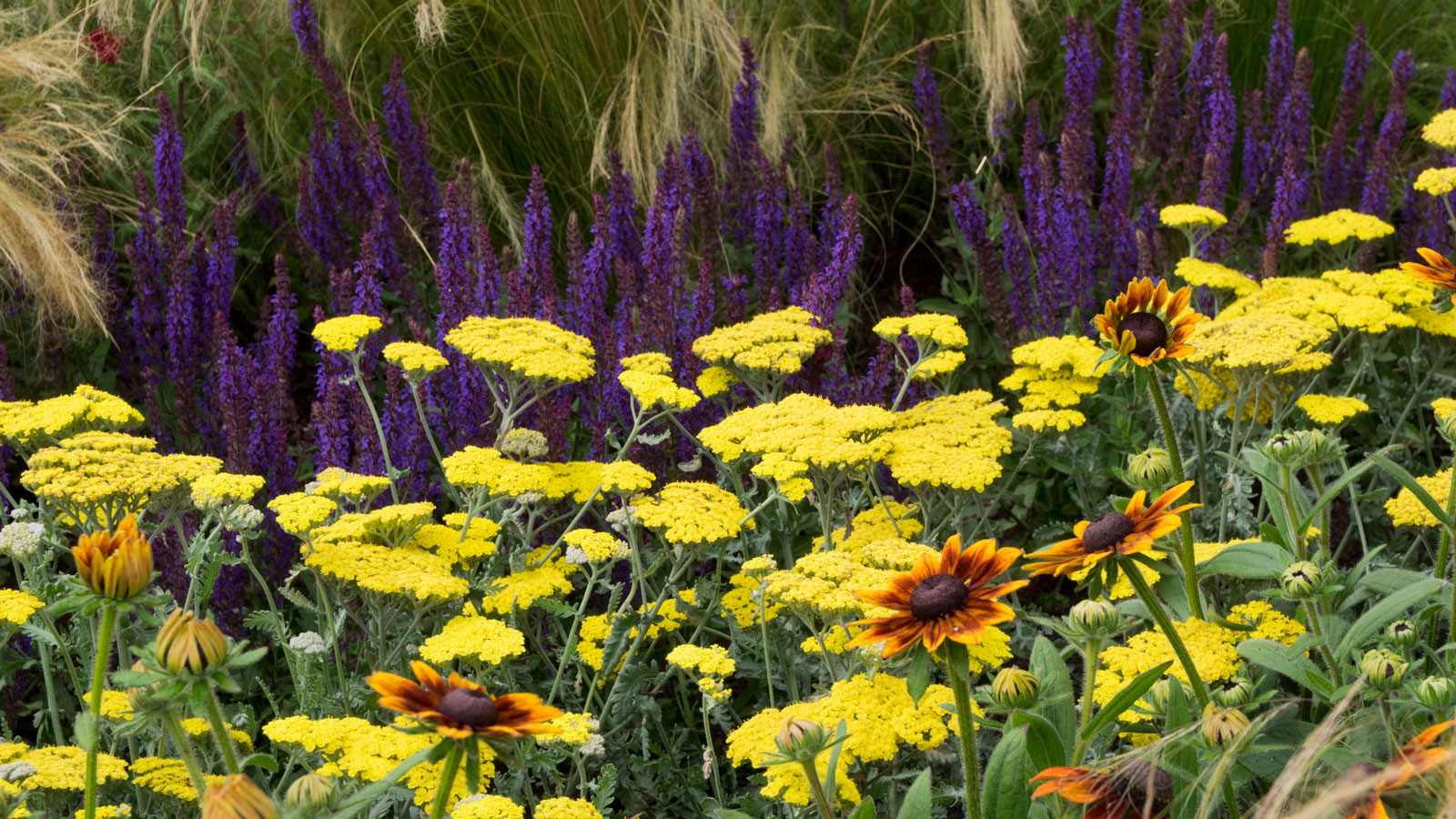

If you don't have a lot of free time but still want a thriving garden, you need to find out about the hardest plants to kill. These are the plant varieties that make your garden look full yet you don't have to actively manage them to keep things looking good.
Alternatively, you could be looking for plants that won't be fussed by difficult conditions like total shade or drought, but will simply soldier on doing their own thing despite less than ideal surroundings, doing all the work for you. So if you're looking for low-maintenance drought-tolerant plants you're in the right place too.
If garden chores such as remembering to water your plants, or feed and deadhead them regularly fail to make it on to your 'to do' list, take your pick from these expert choices that allow you to relax a little and simply enjoy being in your garden rather than constantly busy.
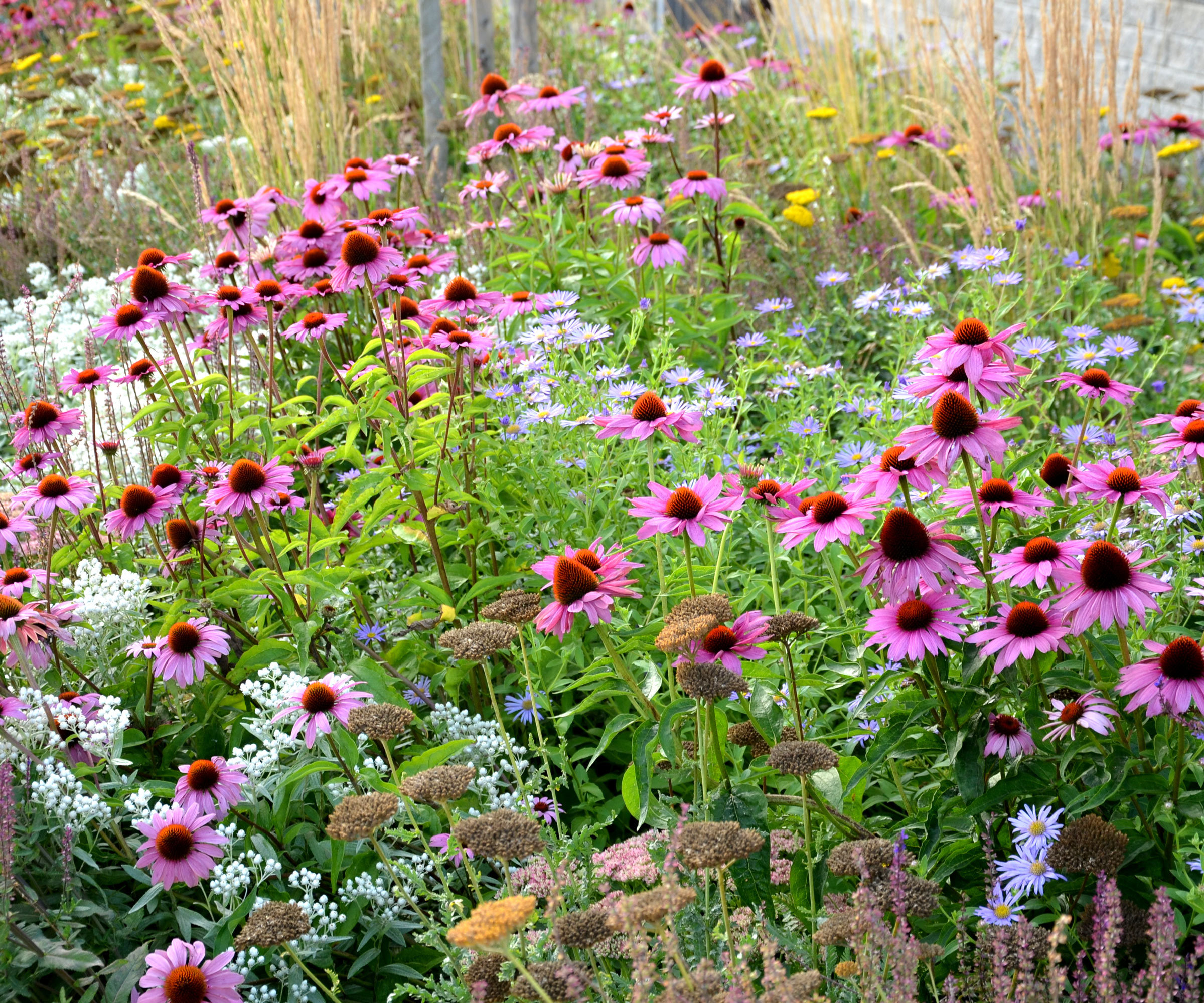
10 of the hardest plants to kill
'The best hard to kill plants to use are those that are care free and great for problem yards,' says horticulturalist Grace Hensley. 'They are adapted to the growing conditions of your garden.' She suggests opting for the best “set and forget” varieties, as suggested by our experts here.
It's also worth checking out the best plants for sandy soil and the best plants for clay soil for specific suggestions if these are the conditions you're dealing with.

Grace Hensley is a Certified Professional Horticulturist who has been photographing gardens and landscapes for over a decade. Based in the Pacific Northwest on an island near Seattle, her garden photography can be seen in national and international magazines. She is currently working on her first book. Grace is a former Regional Director of the Garden Communicators International association, and a full member of the Garden Media Guild.
1. Agastache 'Blue Fortune'
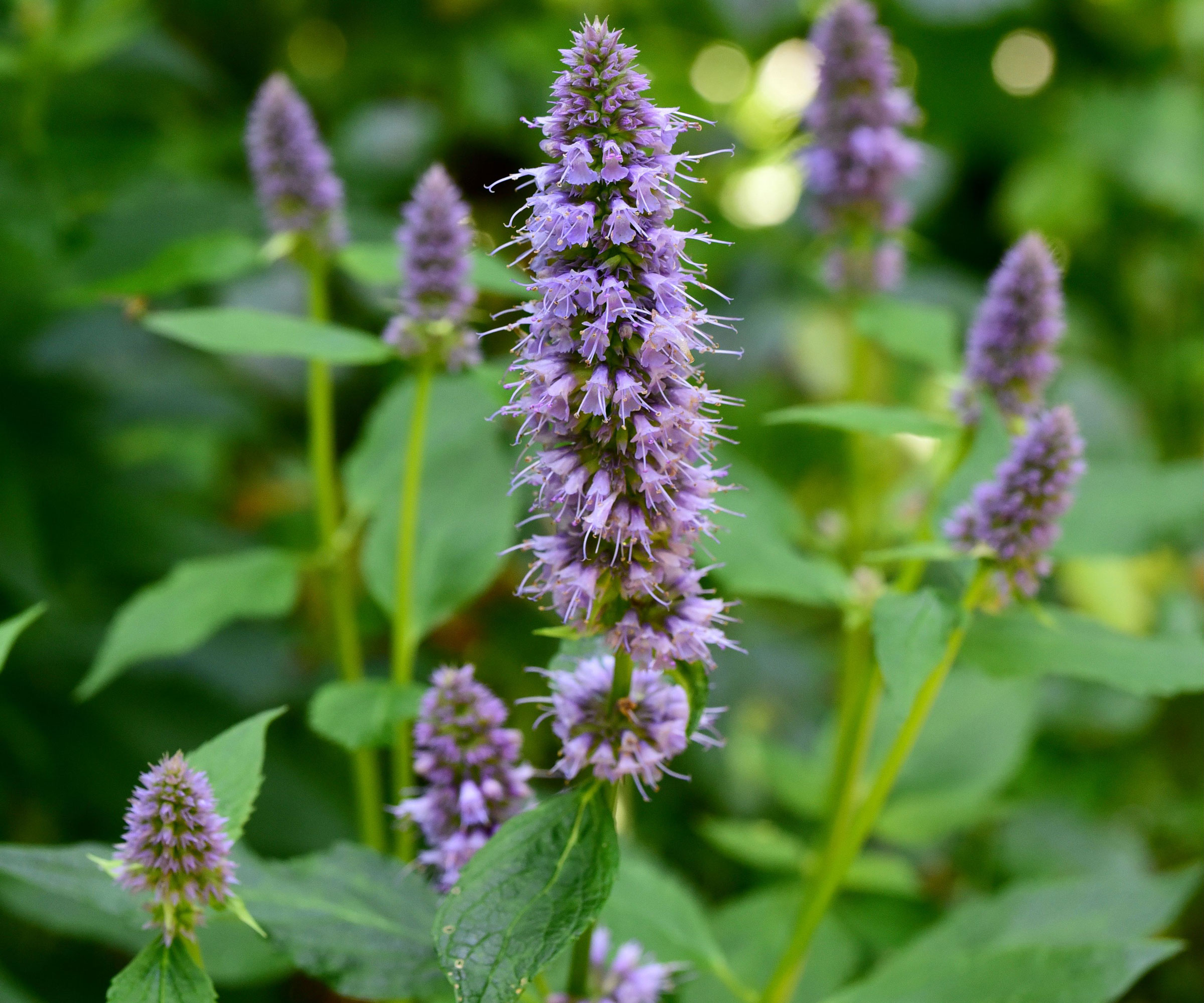
'This is the sun-loving pollinator magnet I recommend again and again for hot, dry, exposed spots,' says plant expert James S Mastaler, founder of Pistils & Pollen. 'In my sunniest parkway section, Agastache 'Blue Fortune' returns reliably every year, even without supplemental watering.'
Also known as hyssop, this lovely plant is a member of the mint family and makes it onto our list of the best perennials to plant in May. Hardy in zones 4-9, it's tolerant of many different climatic conditions, making it one of the hardest plants to kill.
Design expertise in your inbox – from inspiring decorating ideas and beautiful celebrity homes to practical gardening advice and shopping round-ups.
The 'Blue Fortune' cultivar produces long spikes of soft lavender-blue blooms all summer, which are absolutely loved by bees and butterflies. You can find Agastache 'Blue Fortune' here at Amazon. 'It also smells wonderful when brushed up against, a bonus for heavily trafficked areas,' says James. 'Despite the constant wear-and-tear of city life, this plant never seems fazed.'

James S Mastaler PhD is the founder of Pistils & Pollen, a plant care education platform and online community helping new plant parents and urban gardeners grow with confidence. James teaches practical, beginner-friendly approaches to plant care through video tutorials, a mobile app, and his signature online course, Houseplant Essentials. He also shares insights from his own city garden, where he grows a variety of bulbs, perennials, and pollinator-friendly plants.
2. Goatsbeard
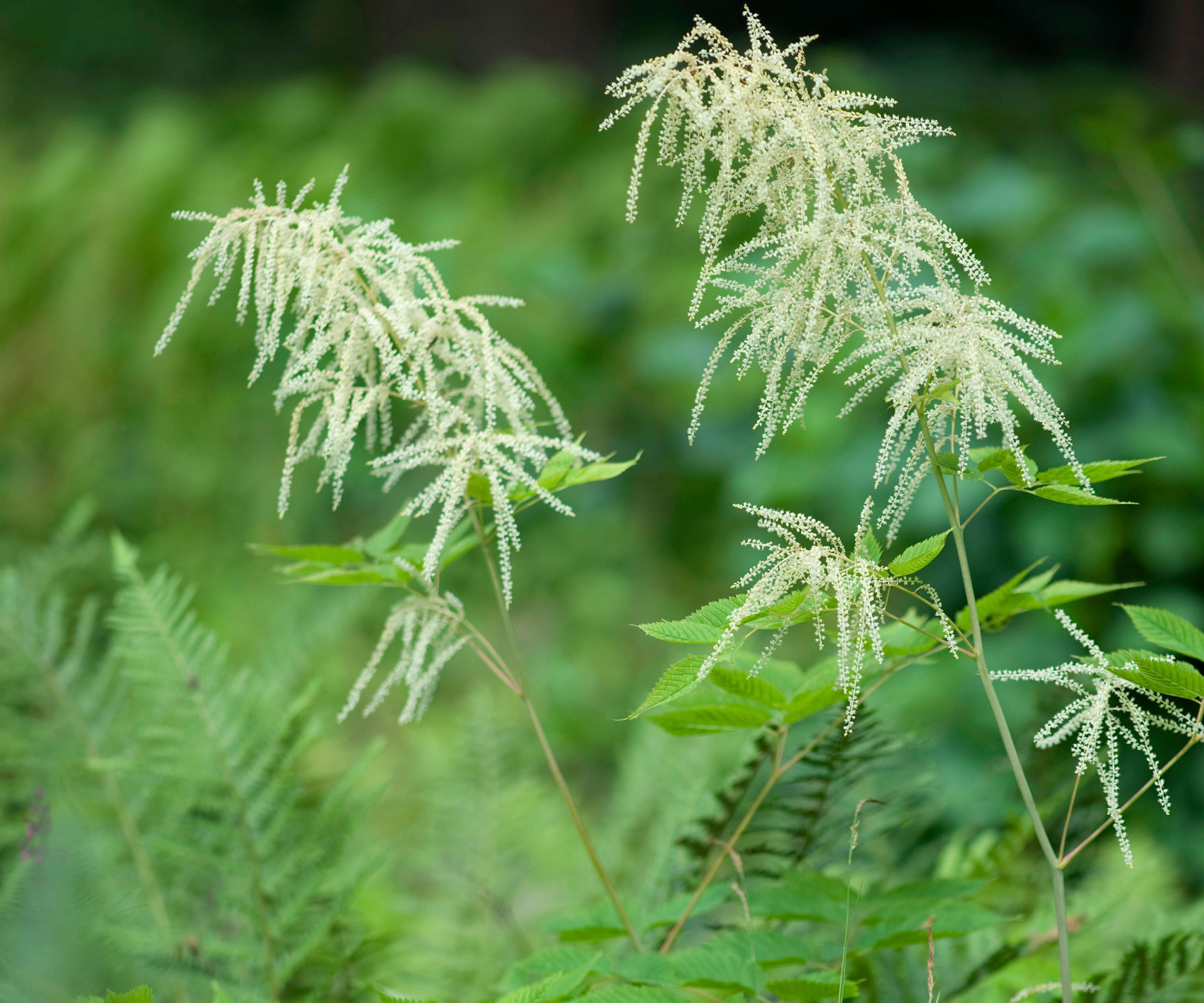
'At the opposite end of my garden, in the deepest shade beneath a mature street tree, goatsbeard quietly thrives,' says James. 'It forms large, bushy clumps of fern-like foliage and sends up tall plumes of creamy white flowers in early summer that look almost like a more refined version of astilbe.'
Elegant, low-maintenance, and unfazed by neglect, or poor soil, goatsbeard is one of the best shade plants, handles dry spells without complaint, and adds a soft, romantic texture to the darkest corners of the garden. It thrives in zones 4-7.
"Beautiful yet incredibly tough, goatsbeard is ideal for gardeners who want to plant it and forget it, without sacrificing visual impact or ecological value,' adds James.
3. Epimedium × perralchicum ‘Frohnleiten’
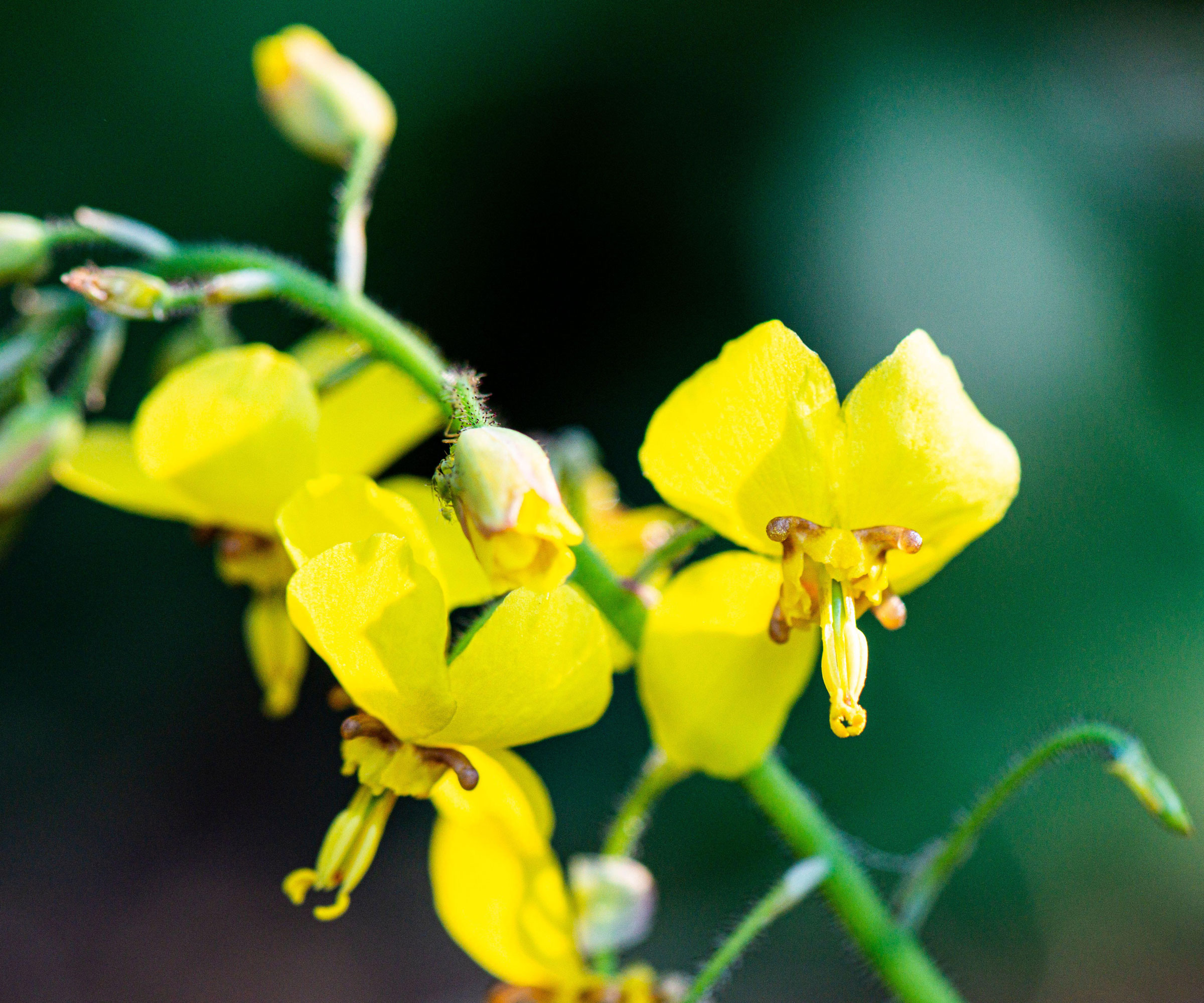
'When choosing the hardest plants to kill I start with plants that cover the ground politely,' says Grace Hensley. 'I don’t want ones that become aggressive and swallow the neighbor’s dog. I love the Epimedium genus, specifically Epimedium × perralchicum ‘Frohnleiten’ which is an evergreen perennial with bright yellow flowers that grows in dry shade.'
Grace also recommends another variety of Epimedium called bishop’s hat, which also grows in dry shade, such a problem area for many gardens. 'Ideally, a plant will surprise and delight, offering interest in all four seasons, from bark or berries, to cheerful blooms or colorful fall leaves.'
We're big fans of Epimedium (also known as barrenwort) too as they're such an unassuming and useful plant in the garden. In fact, they make it onto our definitive list of the best flowering ground cover plants.
4. Sedum
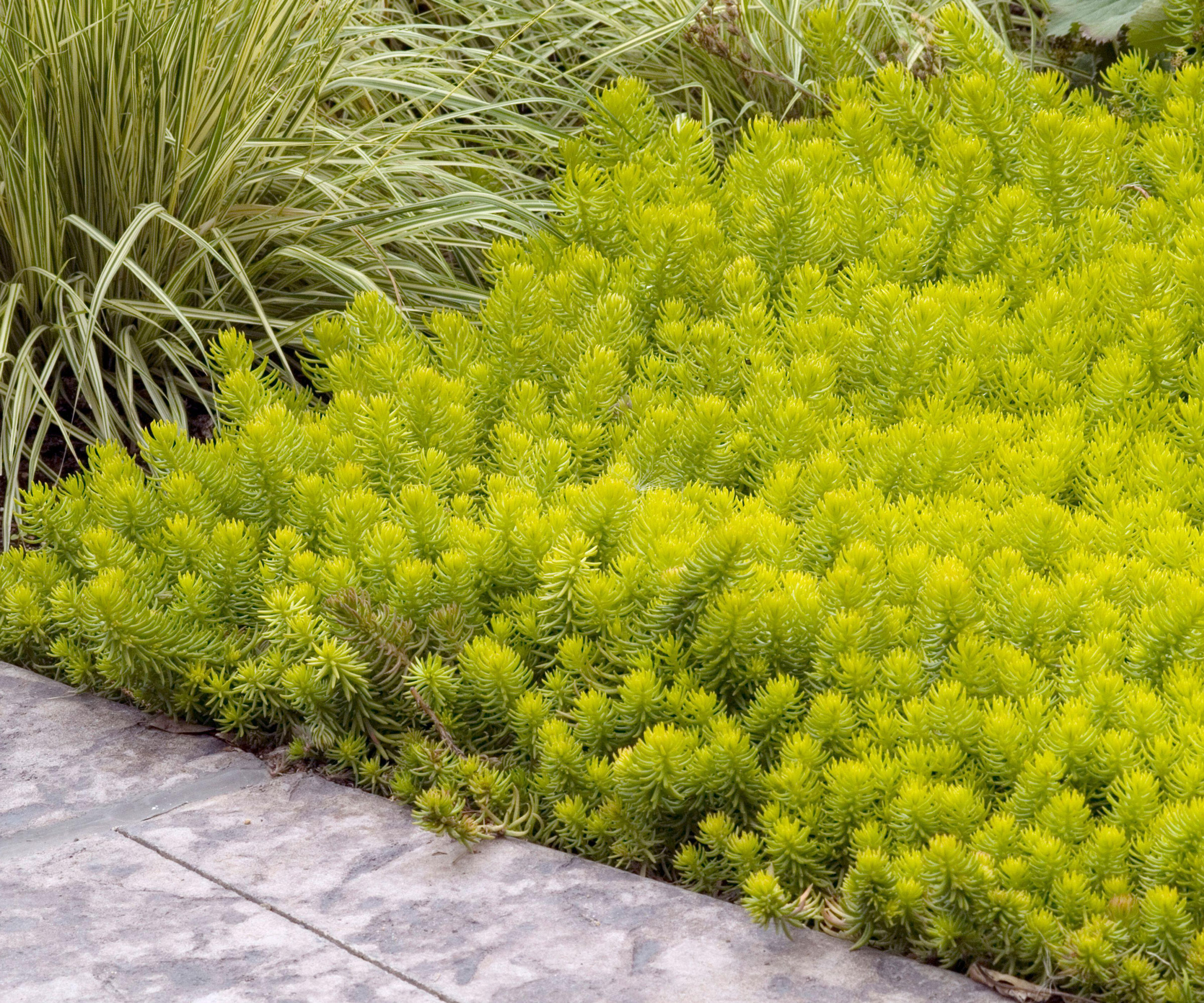
Sedum rupestre 'Angelina'
For those who live in higher altitudes, some of the most difficult locations for home gardeners are areas that receive the western sun. This means that it can be difficult finding the hardest plants to kill.
'Due to Colorado’s high altitude, many things that would normally grow easily in other regions can sunburn here,' says plant expert Trela Phelps, GM of City Floral Garden Center in Denver, Colorado. 'There are a few perennials that can adapt with just a little more water the first year to get them established, then they will thrive.
'I am a big fan of hardy sedums, which are available in all heights and colors, but I think it's the texture of these plants that makes them so interesting.'
There are hundreds of different easy-growing sedum species to choose from that can take high heat and low water. Sedum rupestre 'Angelina' is a favorite. Covered with spiky lime-green leaves that turn orange in fall, it can be used as a sturdy and reliable ground cover plant. You will need to cut back sedum for winter but your plant will soon spring up again.

Trela Phelps is General Manager of City Floral Garden Center, and has been with this historic Denver-based garden center since 1989. With her decades of experience, she’s an expert in managing retail and growing operations for one of Colorado’s longest-standing garden centers.
5. Yarrow
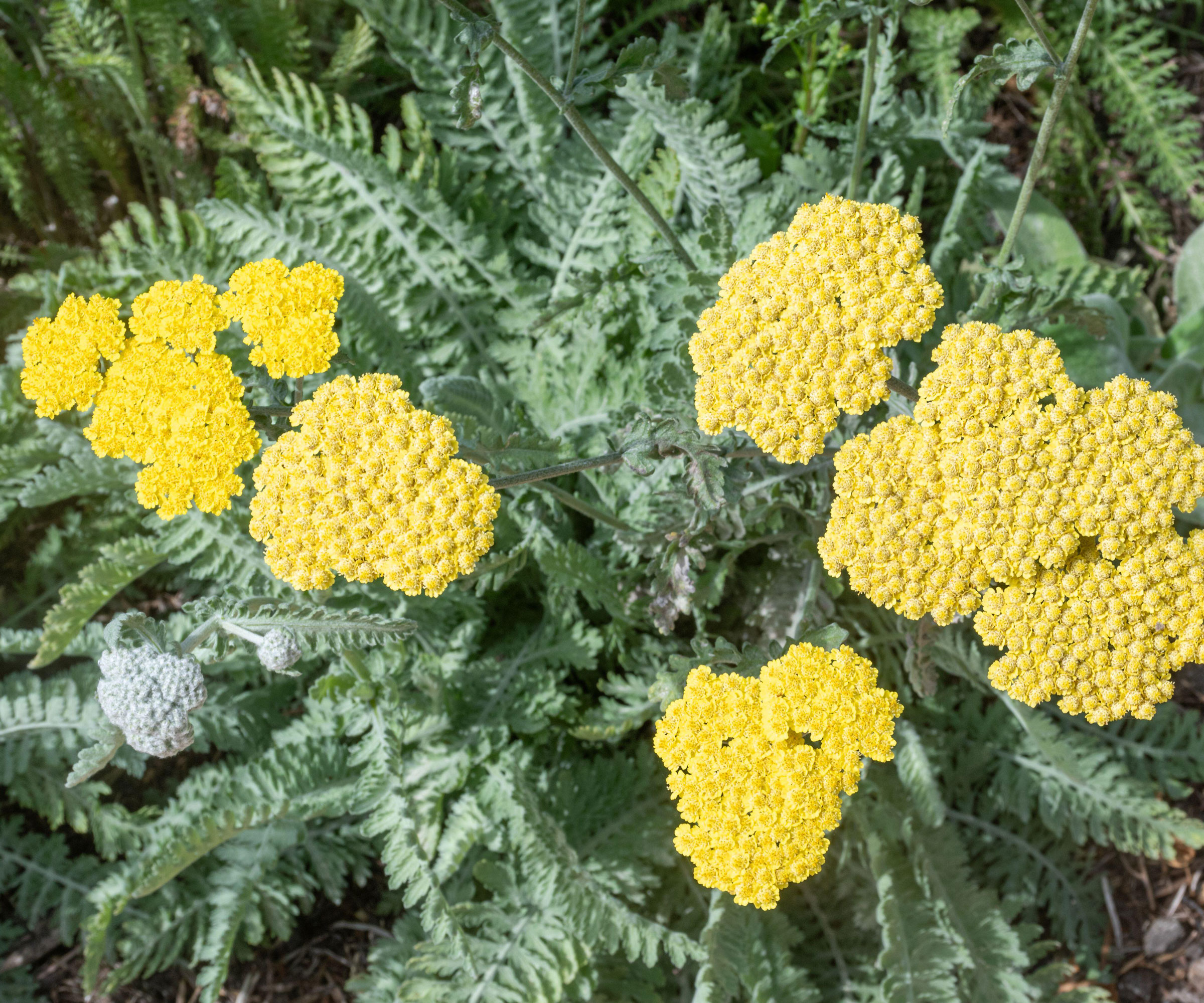
'My overall favorite hardest to kill plant is yarrow,' says plant expert Michelle Way. 'Yarrow is a cold-hardy and drought-tolerant perennial native to North America. It tolerates poor soil, and its deep taproot allows it to draw moisture and nutrients from well below the surface, making it well-suited to dry or challenging conditions.'
Yarrow thrives in full sun but can also tolerate partial shade, and its soft, feathery foliage remains attractive all season. 'The dense mat of leaves also helps suppress weeds,' adds Michelle. 'Yarrow blooms in a wide range of colors, including white, soft pinks, and sunny yellows, with large, flat flower clusters that are long-lasting and highly attractive to bees and butterflies.'
Find out how to grow yarrow and this easy-going drought tolerant perennial will add vibrant, long-lasting color to your yard. Sun loving yet tough, yarrow (also known as Achillea millefolium) will thrive happily in zones 3-8.
6. Solomon's seal

When it comes to favorite shade tolerant plants Michelle Way has another standout. 'Solomon's seal [also known as Jacob's ladder] is one of the few plants that thrive in shady conditions. The fern-like foliage stays lush and attractive throughout the growing season, adding texture to dull garden corners.'
In spring and early summer, Jacob's ladder produces delicate clusters of blue or white blooms that bring much-needed color to low-light areas. 'It's a dependable perennial for woodland gardens, borders, or shady beds,' adds Michelle.
Find out how to grow Solomon's seal, especially if you're looking for the best ground cover plants for shade and you'll discover there are over 60 species to choose from. Most are cold hardy plants, growing just fine down to zone 3, and even tolerating chilly winter weather. So they definitely tick the box when it comes to choosing the hardest plants to kill.
7. Yucca
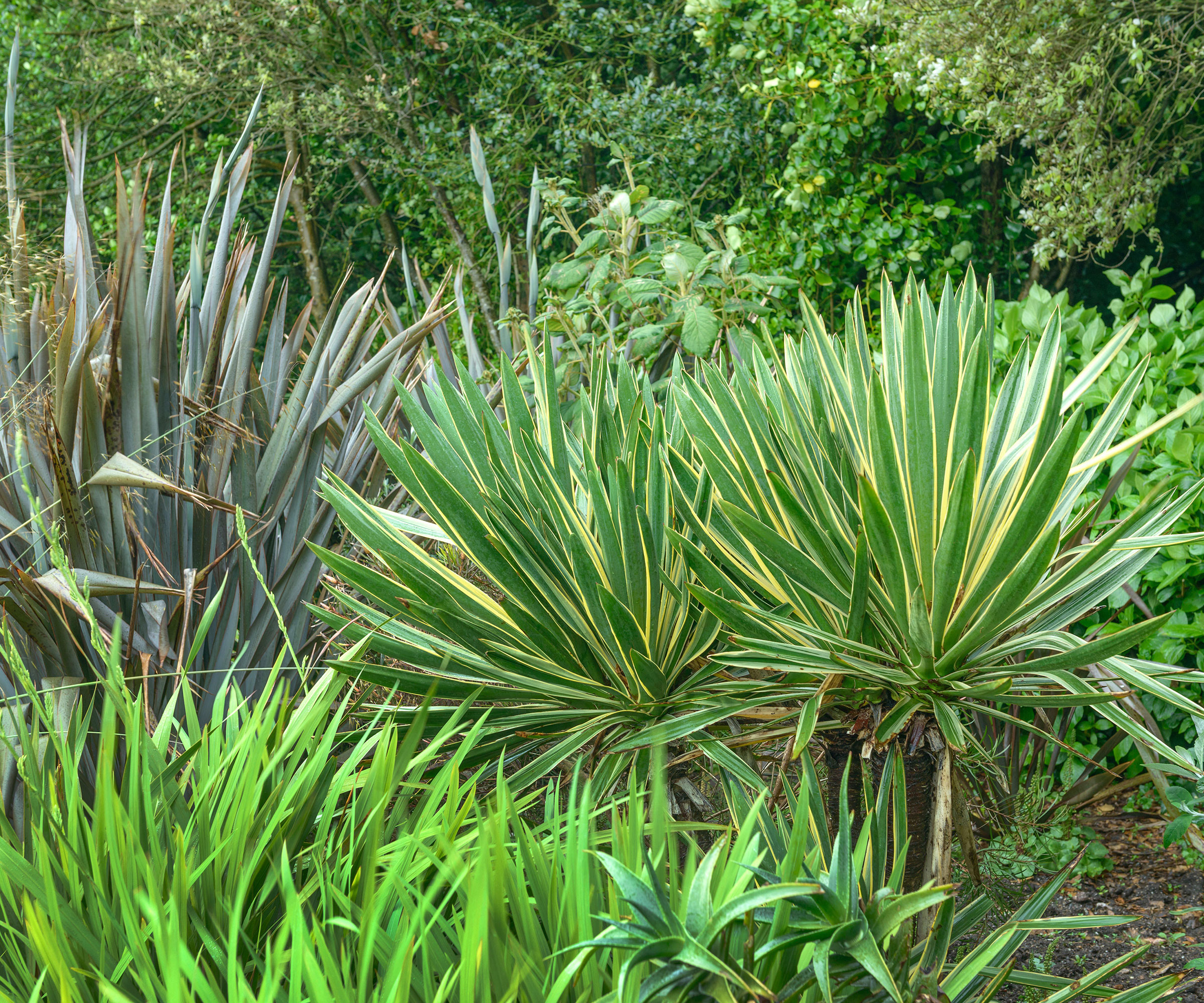
'Yucca plants are one of the hardiest plants and very difficult to kill in your garden,' says plant expert Lydia Beaumont. 'Their extensive root systems mean they are great for drier climates (or for gardeners who forget to water their plants). They are excellent for dry slopes and can withstand dry climates, they do love full sun which makes them perfect for placing in the sunniest spot in your garden. They can grow quite large and their leaves are a little spiky, so avoid planting them along pathways.'
Yucca plants generally thrive in zones 4-11, while some are more suited to zones 9-11. Many are able to withstand temperatures well below freezing. Nevertheless it's a good idea to find out how to overwinter outdoor yuccas to protect your plants.
As well as adding architectural interest to landscaping, some of these low-maintenance plants have beautiful flowers too. Try a variety like the Adam's needle yucca, available from Nature Hills. Hardy in zones 4-10, this stunning cultivar has creamy white, tulip-shaped flowers that can last for up to a month.

Lydia Beaumont is the go-to expert for designing inviting outdoor spaces. She works for Gardeners Yards’, the destination for contemporary plant and garden inspiration, focusing on the home gardener who has an interest in all things gardening. Lydia’s creative touch brings a fresh and vibrant feel to any garden she works on.
8. Echinacea ‘Giddy Pink’
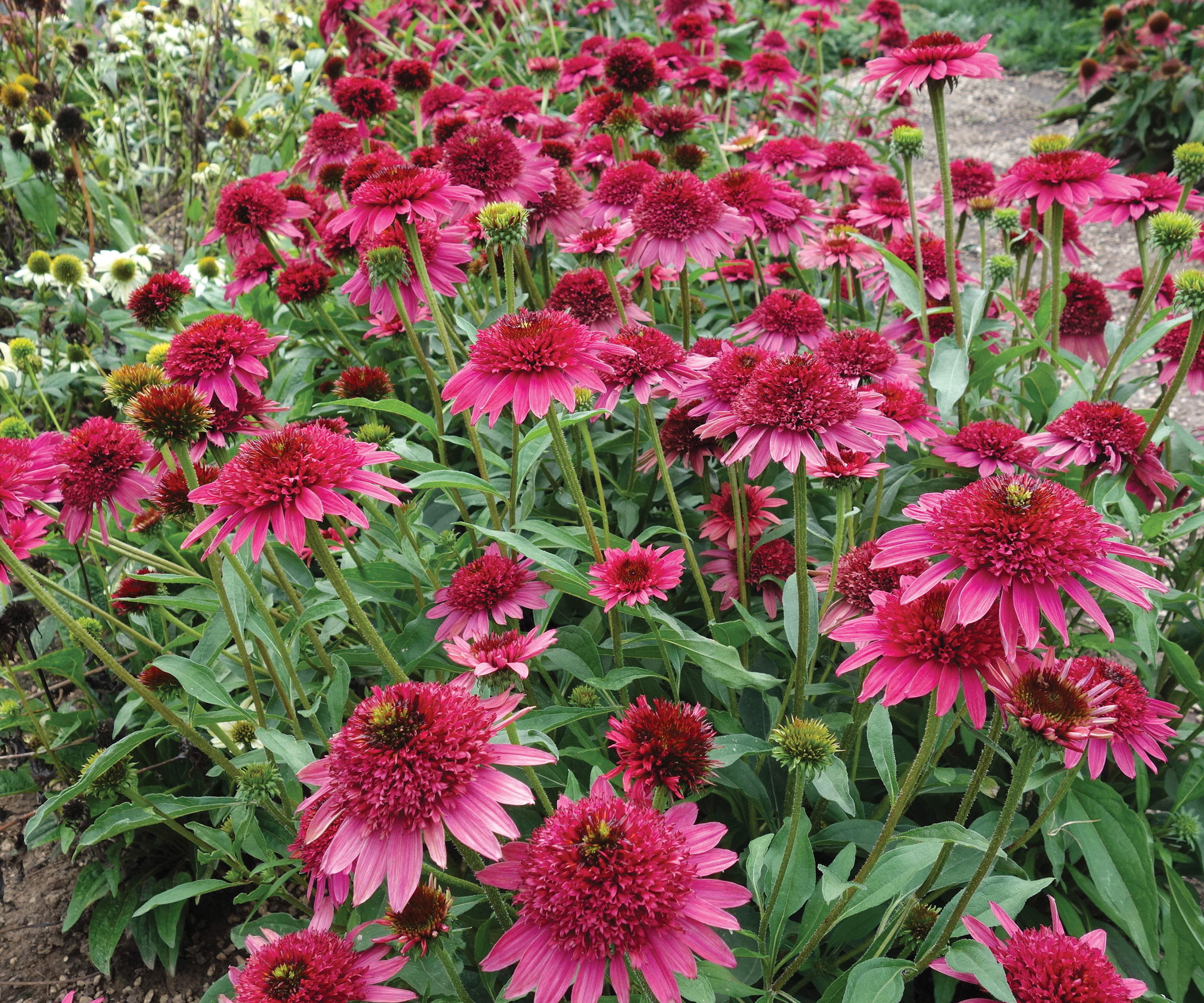
'Echinacea ‘Giddy Pink’ is the star of the garden with its bright-pink double flowers that contrast beautifully against the pine-green foliage,' says Chuck Pavlich, director of new product development at Terra Nova Nurseries. 'This easy-to-grow variety blooms in full sun with average soil and water.'
Echinacea are also known as coneflowers and are hardy in zones 4-9. These plants love full sun, and are drought tolerant making them an absolute must if you want to find out how to plan a dry garden. Once you plant them and they are happily established, you can enjoy them in your yard for years to come, as they are one of the hardest plants to kill.
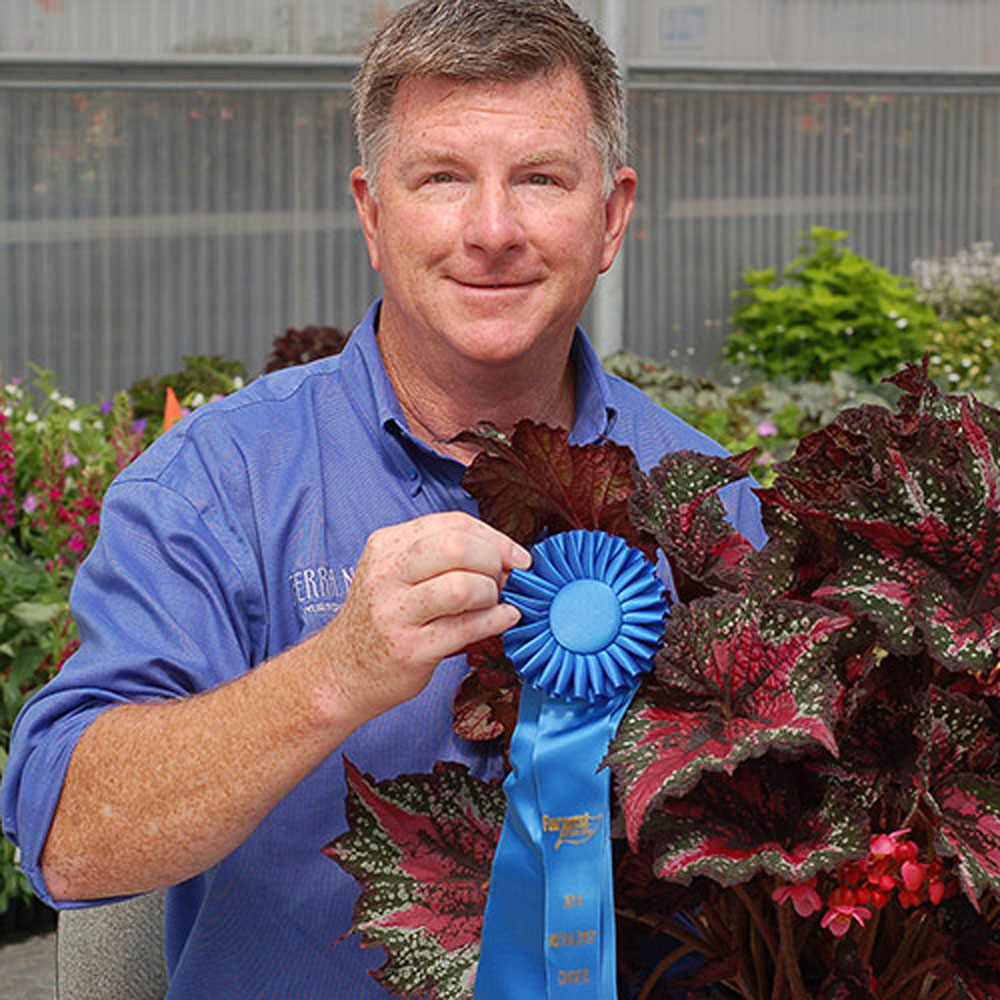
Educated at Washington State University, Chuck Pavlich has worked in the retail nursery business for 30 years. Based in Canby, Oregon, Terra Nova Nurseries is a global leader in plant breeding of both annuals and perennials. Director of New Product Development, Chuck is responsible for new ideas for the breeders as well as overseeing the breeding process and shepherding new products to the world perennial market.
9. Mint
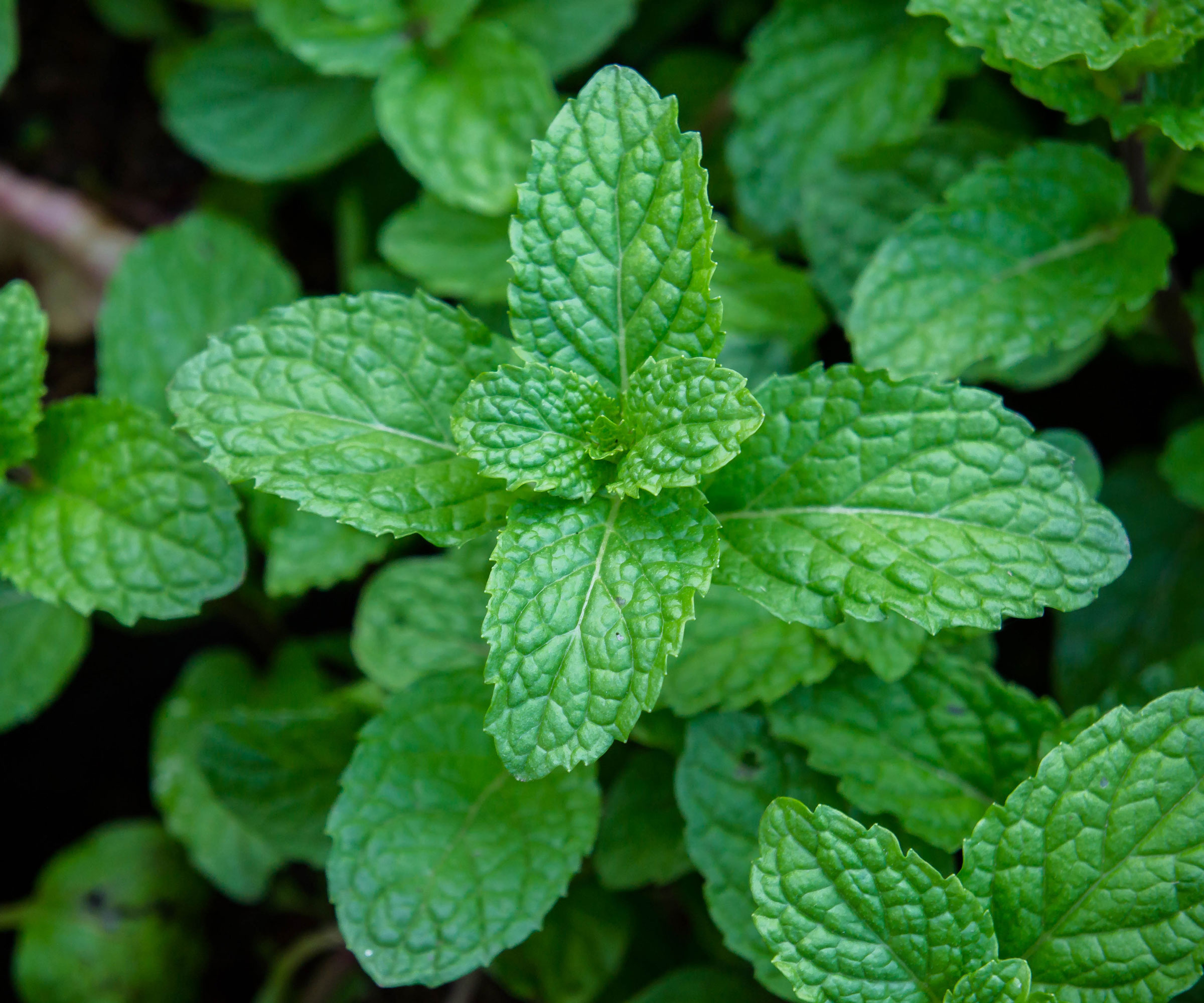
'When thinking of plants that are hard to kill, first thoughts turn to plants in the mint family,' says garden designer, consultant and coach Ines Batterton, co-founder of My Nordic Garden. 'From peppermint to lemon balm, they grow under almost any conditions, spread easily and are very hard to kill.'
Plants in the mint family need very little maintenance and survive drought and full sun, making them ideal for gardeners with dry, sunny gardens and little time. Find out the best mint varieties to grow as they are one of the go-to aromatic herbs to choose if you haven't had much luck growing herbs in the garden so far and are looking for the hardest plants to kill.
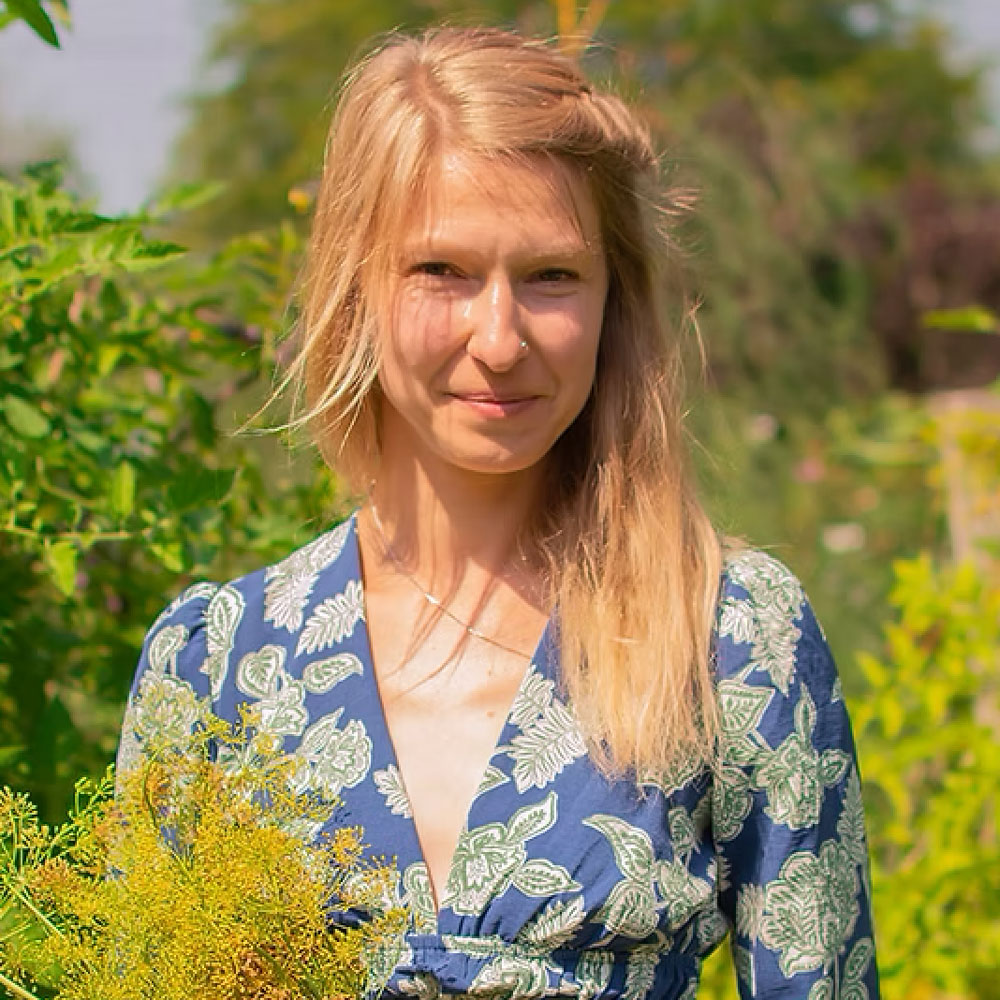
Ines Batterton is a garden coach and designer with an abundant kitchen garden in Eastern Ontario, Canada. Ines grew up surrounded by gardens. She became a certified Gardenary Garden Consultant in 2021. Ines is continuously extending her knowledge about general garden design and maintenance.
10. Hostas
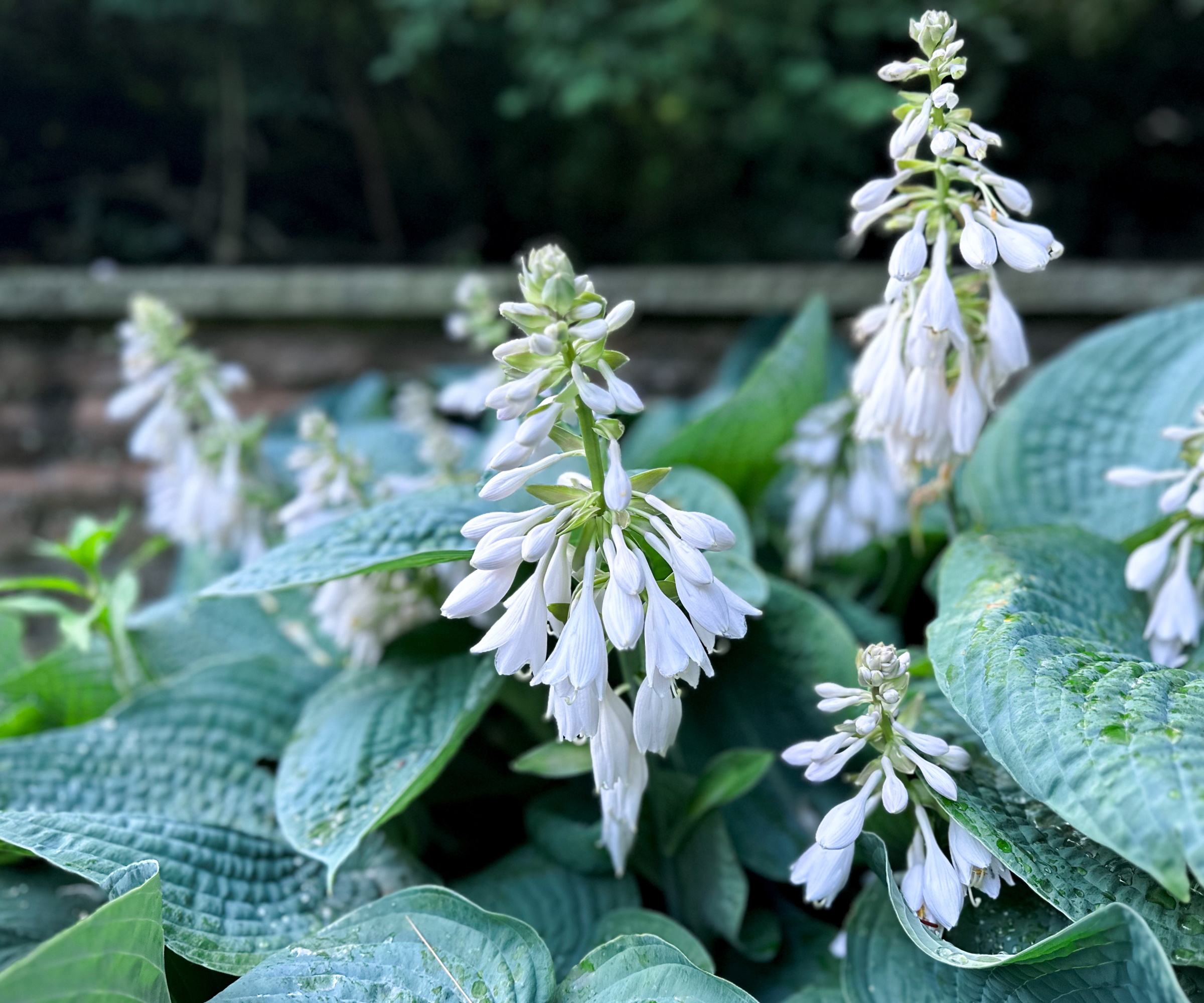
'One of the hardest plants to kill are hostas,' says plant expert Jackie Sons, founder and CEO of Native Wildflowers Nursery. 'They do well in shade and a lot of varieties can handle full sun too. They double in size in just a few short years. Nearly impossible to kill, hostas make great border plants around and near your home, and have frost to frost foliage.'
Beautiful leafy hostas are easy to grow in zones 3-9 and a low maintenance option. Find a wonderful range of hostas to choose from here at Nature Hills including our favorite 'Blue Mouse Ears' variety, which has deeply ribbed leaves in a beguiling shade of blue-green.

Jackie Sons is the founder and CEO of Native Wildflowers Nursery. She began an online plant nursery in 2014 and built it from the ground up. Expanding her business, she has also founded Perennial Nursery Co and the newest addition to the portfolio, Nance Plants.
Now you have a good idea of the hardest plants to kill find out the easiest ground cover plants to quickly fill challenging areas of your yard, as well as the easiest perennials to grow for a flower filled garden without any fuss.
Our expert Grace Hensley also suggests that to pick the best “set and forget” plants you may want to start by consulting good generalist sites like Plant Lust or the Missouri Botanical Garden Plant Finder , where you can enter criteria like the amount of sun or water you have. Also check out regional guides relevant to your area such as the Plant Select program for the Rocky Mountains, for example, or the Great Plant Picks in the Pacific Northwest.

Lifestyle journalist Sarah Wilson writes about garden design and landscaping trends for Homes & Gardens. She has studied introductory garden and landscape design, and also has an RHS Level 2 qualification in the Principles of Plant Growth and Development. She is a regular contributor to Homes & Gardens and Livingetc. She has also written for Country Living, Country Homes & Interiors, and Modern Gardens magazines
You must confirm your public display name before commenting
Please logout and then login again, you will then be prompted to enter your display name.